With the rapidly growing rates of hair loss and baldness, it is unsurprising that non-surgical hair replacement systems are gaining popularity. For males, male pattern baldness has been a prevalent issue for decades, affecting men between the ages of about 18 and 70 all over the world.
In the past decade, hair loss in women has also seen a significant increase due to the rise in conditions such as Polycystic Ovary Syndrome (PCOS) and female pattern baldness.
As such, both men and women are seeking hair replacement solutions more often. Since hair loss non-surgical hair replacement systems cost less than actual surgeries, these non-surgical hair replacement systems are considered more convenient.
If a business is considering investing in non-surgical hair replacement systems such as men’s wigs or toupees, they will not regret it as it’s a highly lucrative industry.
However, they must be aware of all the technical aspects of such nonsurgical hair replacement systems before investing their money. In this article, there is everything you need to know about non-surgical hair replacement systems.
From the different types of hair systems to the manufacturing process, here is a complete guide to non-surgical hair replacement systems:
PREVIEW
-
- What Is a Non-Surgical Hair Replacement System?
- How Do Hair Replacement Systems Work?
- Are Hair Replacement Systems Safe?
- Best Hair Replacement Systems
- Hair Replacement System Manufacturing Process
- Hair Replacement Systems Costs
- How to Attach and Style Hair Replacement System
- Styling Non-Surgical Hair Replacement Systems
- Tips to Consider When Purchasing Hair Replacement Systems
- Color the Hair at the Right Time
- Conclusion
What Is a Non-Surgical Hair Replacement System?
As the name suggests, non-surgical hair replacement is the alternative to hair transplant surgery. In the traditional methods, if someone is suffering from high levels of hair loss, they are often granted eligibility for hair transplant surgery.
This surgery essentially involves moving hair from the side or back of the head to the balding area. It is an excellent and cost-effective solution for those with localized hair loss.
For instance, people with pattern baldness have hair loss in only certain sections of their head. With transplant surgery, they can easily recover their hair loss in the long term. Typically, transplant surgery can cost anywhere between $2,000 and $20,000.
Non-surgical hair replacement solutions, on the other hand, cost significantly less. Overall, hair transplant surgeries do not work for people with random pattern baldness. In such cases, non-surgical options are more ideal.
There are three primary types of hair replacement systems that do not require surgery:
Wigs and Toupees
Firstly, wigs and toupees are the main types of non-surgical hair replacement systems as well as the focus of this article.
Both are human-made hair pieces used to hide bald spots. However, while wigs cover the whole head, toupees are patches of hair, which only cover the specific bald areas.
Toupees generally use monofilament bases, lace material, and skin base, which stick to the scalp through an adhesive.
Wigs, on the other hand, do not stick to the scalp. Instead, most wigs come with elastic bands, which allow the user to adjust the size according to their head.
As such, toupees are semi-permanent hair replacements whereas wigs are temporary hair replacements. Both have their advantages and disadvantages. Moreover, both are typically available with synthetic and natural hair.
For the purposes of evaluating the quality of hair replacement systems, it is more important to assess the pros and cons of synthetic and natural hair replacements as opposed to wigs versus toupees.
Synthetic Hair Replacements

These hair replacements are 100% artificial, typically made with fibers such as nylon and acrylics. With synthetic hair replacements, it is essential to prioritize quality. Low-quality synthetic hair does not match the color, texture, or tactility of natural hair. As such, they do not look aesthetically pleasing.
Higher-quality synthetics do match the density of natural human hair. They are better in terms of convenience as the fibers retain waves for longer periods. Therefore, a person will not need to style them as often as natural hair.
However, synthetic hair replacements can only last up to six months. Even heat-resistant synthetic hair lasts around five to six months.
Natural Human Hair Replacements
Unlike synthetic hair, natural human hair replacements are either made with human hair. Typically, human hair replacements are preferable, especially when someone has allergic skin.
Most wig and toupee manufacturers use donated hair to make their products. Since natural hair can match the person’s original color, density and texture more easily, it is a better option than synthetic hair replacement.
Scalp Micropigmentation (SMP)
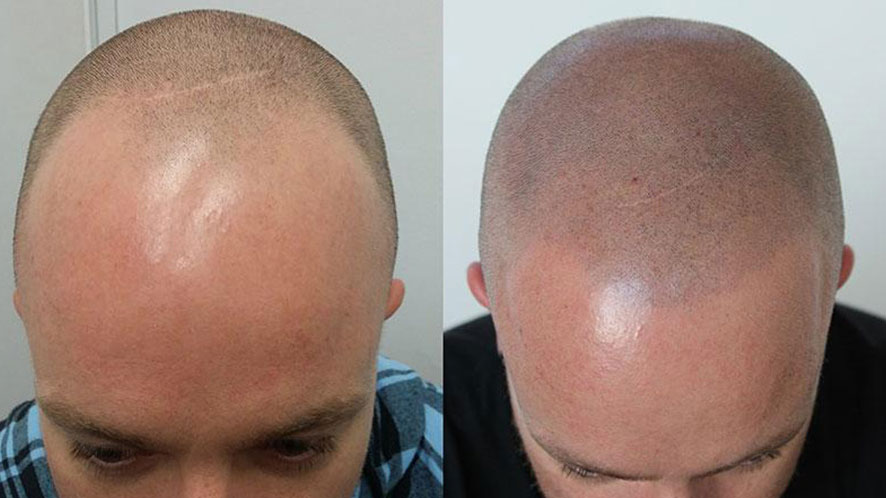
Scalp micropigmentation (SMP) also falls into the traditional definition of non-surgical hair treatment. To sum up, SMP is a medical (non-surgical) procedure, which involves tattooing small hair-like dots on the scalp. The technique is called pointillism.
SMP is not a complete hair replacement. Instead, it simply gives the illusion that a person has thicker hair on the scalp. However, it’s an excellent method to cover up scars and random bald patches.
There are different ways a person can add micro pigmentation to their scalp. It depends on your particular situation that is the extent of the patient’s hair loss, hair coloring, and scalp skin type.
Skin type is an essential factor as dryer scalps flake away, causing the SMP coloring to lighten. As such, dry scalps require stronger pigments and coloring.
Overall, SMP is more convenient than other hair loss non-surgical hair replacement systems as it requires less maintenance and effort.
The procedure is not as painful as surgery or as expensive. The procedure typically costs between $500 and $1000. However, if not done properly, SMP can look unnatural and aesthetically displeasing.
Hair Replacement Medication

Last but not least, non-surgical hair replacement can mean medication. Although medications are not the traditional definition, they are definitely a form of non-surgical hair loss treatment.
Currently, there are two FDA-approved medications that are typically recommended for hair loss.
- Finasteride
Firstly, there is Finasteride, which is primarily used for male pattern baldness patients. It helps restore hair growth in the front of the scalp that is the crown and forefront regions.
Primarily, the medication is prescribed to males. In women, it can be used to treat excessive hair growth and hormone imbalances. However, it’s not effective for treating female pattern baldness.
The drug was initially developed in 1984, as a treatment for prostate cancer. It works by targeting the Dihydrotestosterone (DHT) Hormone. This hormone is a form of testosterone found in the prostate gland and scalp region.
Excessive production of this hormone can lead to hair loss as the hormone deteriorates hair follicles. Moreover, it also inhibits hormones that promote hair health such as Allopregnanolone and THDOC.
As such, it’s unsurprising that a large amount of DHT is a common symptom in male pattern baldness. If a patient suffers from such conditions, they can use Finasteride to reduce DHT production by 70%.
However, a hair loss patient should always be mindful. In males, the drug has rare but severe side effects, ranging from depression to sexual dysfunction. Thus, men’s non-surgical hair replacement methods and treatments must be customized.
- Minoxidil
Minoxidil is an excellent drug for both men and women. It is mass-produced by the pharmaceutical company Rogaine. It was originally developed in the 1950s as a remedy for high blood pressure and peptic ulcer disease.
Currently, it is better known for its effectiveness in reducing hair loss. It works as a Vasodilator, which essentially means it widens blood vessels. It relaxes constricted vessel walls, allowing for more blood flow.
Although it is not entirely apparent how the drug works, there are some reasonable speculations. In the scalp region, a Vasodilator such as Minoxidil will help provide more oxidation to hair follicles, which, in turn, will promote hair growth.
Usually, if a patient takes Minoxidil, their hair grows back thicker than before and they also get a higher number of strands. As such, it is plausible that Minoxidil dilates hair follicles as well as vessels, causing the hair to grow thicker and wider.
Overall, there are limited side effects to this drug. However, the most common one is undesirable hair growth in other regions of the body. This side effect is particularly prevalent in female patients.
How Do Hair Replacement Systems Work?
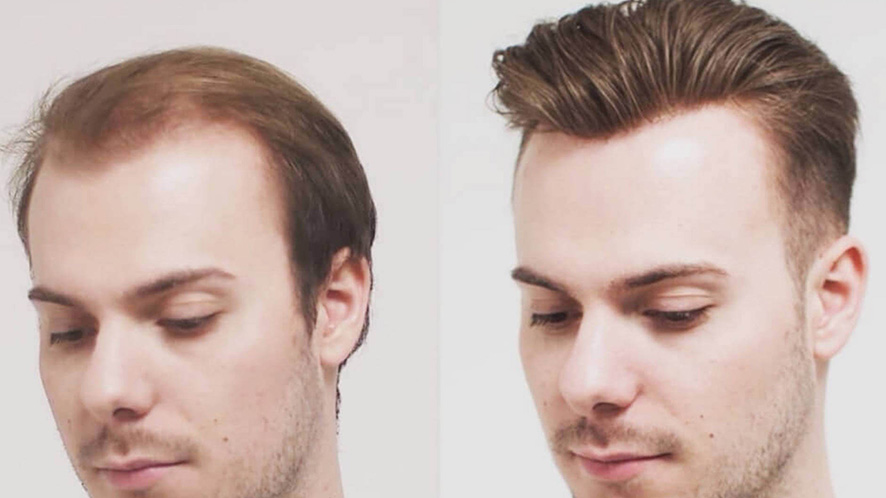
As mentioned, hair transplant surgeries are very straightforward in terms of their process.
The surgery length depends on the extensiveness of the procedure. How many follicles are being replaced? The doctor will schedule as many treatment sessions as required.
As such, the process requires multiple consultations beforehand. With non-surgical hair replacement systems, the process is not that much different.
Since most hair replacement systems must be customized, a hair loss patient will need to visit a local hair replacement clinic. Here’s the rundown of how a non-surgical hair replacement system works:
● Initial Consultations
As mentioned above, a hair loss patient will first need to visit a hair replacement agency or clinic for a consultation. This consultation will review the patient’s hair loss history, causes, and other essential variables.
If they are interested in a particular type of hair replacement, this step is where they will make such requests. For instance, they might desire a particular color or texture of hair.
● Hair Matching
Once the patient has specified their requirements, the nonsurgical hair replacement clinic will have to find a match for the patient’s hair.
Most clinics use hair donations from all over the world. As such, it’s challenging to find an exact match, especially if patients have a rare hair type and color.
If someone opts for synthetic hair, this process is easier. However, even with natural hair replacements, hair matching is not impossible. Most patients can find reliable and aesthetic hair matches.
● Manufacturing
The third step is the manufacturing of the toupee or wig. Once the hair has been matched, it will be knotted into a base. In most cases, the lace and skin base are popular, which camouflages against the scalp.
As such, even if the application adhesive is white or gray, the base will match the person’s skin tone.
● Application
The professional application of hair replacement systems is different from simply donning a wig. It involves four main steps, which must be carefully followed.
- Firstly, the hair replacement system technician must shave away rough bald patches, smoothing the area for application.
- Next, the hair technician will apply the bonding adhesive, which will help the hair replacement system to stick to the scalp.
- The toupee, a men’s wig will then carefully be placed on a bald patch. The hair technician will most likely press on it to smooth away air bubbles in the base.
- In the last step, the technician will fix the hair, cutting and styling it as per the client’s requirements.
Are Hair Replacement Systems Safe?
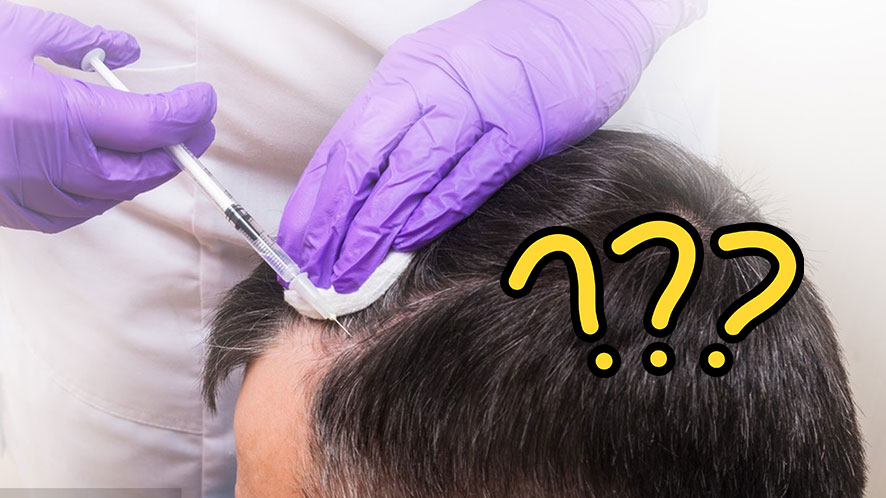
Before considering a hair replacement system, it’s essential to evaluate any possible safety risks. With surgery and SMP, the risks are rather obvious as there is clear skin intervention.
For instance, the surgery poses risks of bleeding, swelling, and infection on the scalp. Similarly, SMP can cause significant infections or redness if they are allergic to any of the pigments used in the procedure.
With non-surgical hair replacement systems such as toupees and wigs, the safety risks are minimal. As with SMP, there are risks if a person is allergic to any of the materials.
For example, if someone is allergic to synthetic material, they should opt for natural hair replacements.
Apart from hair, people can also be allergic to certain types of adhesive solutions used on the non-surgical hair replacement system bases. On the whole, such adhesives are perfectly safe for human skin as they contain either water or solvent bases.
However, for people with diagnosed skin conditions such as Psoriasis and Eczema, solvent-based adhesives may cause inflammation and itchiness. This can be highly uncomfortable, especially with semi-permanent replacements.
If a person has such skin conditions, hair technicians should use water-based adhesives, which are gentler on scalps. Water-based adhesives are easier to remove as well, only requiring soap and water.
On the whole, for those considering non-surgical hair replacement systems, everyone should test the adhesive on a patch of skin before beginning application. This step will ensure the person is not allergic to any of the substances.
Best Hair Replacement Systems

There are two factors that make a hair replacement system the best option for hair loss patients. The best hair replacement system is a subjective term, it depends on how permanent the patient wants the hair replacement and what preferences they would like.
Here are the best options for surgical or more permanent and non-surgical or more temporary hair replacement systems:
Hair Pieces
Hairpieces like wigs and toupees, as mentioned before, are non-surgical hair replacement systems. They can be some of the best options for hair loss patients who want less permanent solutions and do not mind coming in for check-ups and replacements.
Men’s hair pieces are also cheaper and more popular options for hair loss replacement, especially for male pattern baldness. Hair pieces are often split up into two categories based on the material they are made from—the first is mesh and the second is poly.
● Mesh Hair Pieces
Mesh or net hair pieces are placed on the scalp and are used to cover up baldness. They benefit hair loss patients because they make hair look fuller and healthier and are comfortable for patients to wear for long intervals.
Mesh men’s hair pieces can, however, cost a lot and can have shorter lifespans than other types of hair pieces and hair replacement systems.
Patients who might need temporary hair replacement, for instance, if the hair is shaved or accidentally torn, could do very well with mesh men’s hair pieces. If a patient requires them as permanent fixtures, they will need to get another type of hair replacement piece.
● Poly Hair Pieces
Poly hair pieces are made of silicone material or polyurethane material and are hair pieces that integrate and camouflage well with the scalp. Thick poly hair pieces and poly combination base hair systems can be good value for money and can last a very long time.
They are usually ordered by patients who have permanent hair loss issues like Alopecia. However, they are even used by people who need men’s hair pieces for a temporary period because of the hair piece’s cost-effectiveness.
Polymer hair pieces have many advantages for users; however, one of their central disadvantages is that, unlike mesh pieces, they are not breathable. A hair loss patient might find it difficult to go all day in a polymer piece, especially if it is hot.
● Hair Transplant Surgery
Hair transplant surgery is a permanent surgical hair replacement option that involves using hair or hair grafts from other parts of the head and transplanting them into bald patches or areas with hair loss.
When a hair graft is placed into the balding area, natural hair will begin to grow. A hair transplant can be expensive to conduct. The part of hair that has been used can not be grown again. However, the transplanted hair can be lost too. Many years have passed, and the bald part is possible to become bald again.
Hair Replacement System Manufacturing Process
How non-surgical hair replacement systems are made depends on the type of hair replacement system that is being manufactured. There are two central types of hair replacement systems that fall into the category of non-surgical hair loss treatment.
Pre-made and custom hair replacement systems have slightly divergent manufacturing processes because of the level of involvement of the clients themselves.
1. Pre-Made Hair Replacement Systems Manufacturing
For pre-made non-surgical hair replacement systems, the manufacturing process does not involve the customer or patient directly. These are also called stock hair systems and are mass-manufactured like clothes in specific sizes or varieties.
Most stock hair systems are created in bulk stocks and have specified pre-made size variations, and styles that vary according to base type, hair colors and hair density.
A pre-made stock hair system is made to measurements for a specific fit and then distributed to hair stylists for specific cut-ins and application requirements.
2. Custom Non-Surgical Hair Replacement Systems Manufacturing
Custom hair replacement systems require the patient or client to attend a consultation first so that they can get fitted for the best fit.
A hair system consultant often works with clients to create a hair replacement system that works with the patient’s hair density, color, base type and base size.
The clients create base designs and other specific that are sent to non-surgical hair replacement systems manufacturers who create hair loss non-surgical hair replacement systems. The hair systems manufacturing factory will then create the hair system and deliver the product to the clients.
The hair stylist will then schedule a follow-up appointment with their clients to install and style the hair replacement system’s cut-in.
Two more appointments will be scheduled to check and replace the non-surgical hair replacement systems with the first occurring a week after the initial cut-in appointment.
Hair Replacement Systems Costs

The costs of hair replacement systems can depend on whether or not they are surgical or non-surgical. For both surgical and non-surgical hair replacement systems, the quality of materials, the intricacy of the procedure, and the patient’s hair needs will determine the costs.
Hair Transplants
Surgical treatments like hair transplants can cost a patient a lot of money. They will need to invest around 4000 dollars at least to get hair transplant insertions.
However, the costs can go up to 15000 dollars in total. The costs of the procedures will depend on the patient’s hair loss patterns, preferences, and needs.
For instance, if a patient has smaller bald patches and wants light cover-ups, the procedure might cost less. However, covering a half-bald head might cost a lot more in a transplant surgery.
Scalp Micropigmentation
Scalp Micropigmentation procedures can have variable costs depending on the type of procedure used for the hair loss patient’s hair. The cost will depend on the areas the patient needs hair replacement and whether or not they have scars.
For a regular scar treatment, the procedure can cost around 1900 or 2500 dollars. However, the cost slowly continues to rise depending on the patient’s skin condition and the area that needs to be covered. A crown treatment will cost around 2700 or 2900 dollars, a few hundred dollars lower than the standard procedure.
If a patient requires SMP treatment on more of their head, it is called a standard procedure, and can cost around 3400 or 3900 dollars. Further, if there are scars involved, the standard procedure prices can spike up to 5000 dollars.
Another point to remember about SMP procedures is that they take a few sessions for better efficacy and the cost per session can be high as well. A scar treatment, for example, will cost 1200 to 1800 dollars for one or two sessions.
Hair Pieces
A surgical hair replacement system or procedure can clearly become very expensive and might only be affordable through insurance systems. This is why most patients or clients choose the alternatives of non-surgical hair replacement systems because of lower costs and higher payoffs.
The costs for non-surgical hair replacement procedures can vary based on the materials, hair length, base size or methods used and the patient’s needs. Hair pieces like toupees, for instance, will cost around 140 or 300 dollars.
The cost will depend on the material quality, the hair length, and the customizations for the toupees. Generally, hair pieces also have additional installation and maintenance costs. For toupees, installations can cost around 30 or 50 dollars.
Wigs, on the other hand, can have a wide range of prices. They can start from 50 dollars but can go up to a staggering amount of 3000 dollars, based on the client’s needs and the quality and durability of the materials used to make the wig.
Wigs can, however, cost around 200 dollars or up to 500 dollars if they use natural hair and do not have custom, elaborate lengths, fittings, color, styling, and shaping requirements.
Medication
When speaking of non-surgical hair replacement costs, it is also important to factor in chemical treatments like medication. Minoxidil is the more budget-friendly and easily available option because it can cost just 11 dollars and is available at supermarkets.
Finasteride, however, is far more expensive with a packet of thirty tablets costing around 80 dollars in the United States. Medication might only then be availed through insurance.
How to Attach and Style Hair Replacement System
When it comes to attaching and styling hair replacement systems, users need to consider the different hair systems and the styling methods appropriate for their chosen hair piece’s material and size.
This section will discuss the four different kinds of attachment methods and techniques available for hair pieces before moving on to styling methods for hair pieces at home and at the hair clinic or salon.
Attaching Hair Replacement System
There are four main methods for attaching non-surgical hair replacement systems and depend on adhesive and clip attachments. These methods are listed and discussed below in the following section.
1. Attaching Hair Replacement Systems with Tape
Tape is another material used for attaching hair replacement systems. Double-sided tape can be a good medium for attaching men’s hair pieces. These hair system adhesives are easy to do and can be attached and reattached frequently.
Men’s hair pieces attached with double-sided tape do, however, leave a mark. A glue line remains on the scalp after the hair piece is removed and must be washed.
The double-sided tape can hold up well during the day, however, excessive sweating or exposure to water will cause the men’s hair piece to detach or come undone.
2. Attaching Hair Replacement Systems with Clips
Apart from tapes, hair replacement systems are often attached with clips, especially if individual hair pieces of natural or synthetic hair need to be attached to particular sections of the head.
Attachment clips are often metal and allow you to attach the hairpiece to your natural hair and can be taken in and out as the user pleases. The men’s hairpiece can be attached underneath or along your natural hair.
3. Attaching Hair Replacement Systems with Glue and Weaving
Non-surgical hair replacement systems can be attached, either by professional hair stylists or by end users, using strong attachment materials and bonding and weaving methods.
Both methods often use a stronger form of attachment like glue tape or thread in the case of weaving. The bonding and weaving methods are discussed in detail below:
- Bonding Method of Hair Attachment
The bonding method can be useful for people who want a more permanent and secure hair attachment strategy. Bonding uses strong liquid adhesives and can be semi-permanent, necessitating a visit to a hair stylist or hair technician every few weeks or so.
Since hair is attached with adhesives in a bonding method, the adhesives might leave residue on the scalp. The hair pieces might need to be loosened or detached every so often to properly clean natural hair and maintain scalp health.
The bonded hair piece can be removed by professionals easily. It is often recommended that users make hair appointments every six weeks to attach and detach bonded hair pieces for hair loss non-surgical hair replacement systems.
- Weaving Method of Hair Attachment
Within the weaving method of hair attachment, the first steps are to part and section natural hair and style it into tight braids from the edge to the center of the head.
The braids need to be secured with rubber bands before a hair weft, a hair piece for weaving is measured, cut, and fitted along the hair parts between the braids.
The hair weft will be threaded with a needle sewn and secured to the person’s hairline. When a hair weft has to be removed, the threads will need to be cut and the braids undone.
Styling Non-Surgical Hair Replacement Systems

Hair replacement systems can be initially styled, cut, and fitted according to an individual client’s requirements by professionals who are handling the client’s cut-in.
Hair pieces like wigs can be shaped, sized, and colored according to the client’s custom requirements at the point of manufacturing, as well.
However, non-surgical hair replacement systems like wigs and toupees also need to be styled continuously at home by users and styling techniques often depend on the hair type used in the hairpiece.
There are different styling methods for synthetic and natural hair pieces, as noted in the following sections.
Styling Synthetic Hair Pieces
Synthetic hair is often found in many non-surgical hair replacement systems. Synthetic wigs are especially common and require different styling methods than a natural human hair piece. For instance, synthetic hair pieces will require metal brushes to activate fibers.
Another important part of hair care and styling for synthetic hair is that it will deteriorate if exposed to styling products or heat-based styling tools and methods.
A synthetic wig will need specific wig styling products and will require foam rollers and steam to curl and straighten the strands.
The hair type on a synthetic wig also determines the brushing motions that are to be used while styling the wigs on a daily basis. If a wig has curls, the brushing motion should employ short lifting strokes.
Styling Natural Hair Pieces
Hairpieces or wigs made from natural hair should be styled and maintained just like the user’s natural with the same products and styling tools they use on the rest of their head.
A natural hair wig will need to be brushed, straightened, curled, shampooed, conditioned, and treated in the same way as natural hair.
Toupees are a great form of men’s non-surgical hair replacement systems. They can be styled by salon professionals or hair technicians at the time of installation.
However, when it comes to styling at home, users must follow and brush and blend in the hair pieces with natural hair.
Most toupees are made with human hair, so they will need shampoos and styling products for natural hair that properly cleans and maintains the quality of the men’s hairpiece.
Tips to Consider When Purchasing Hair Replacement Systems

Getting a hair replacement system can be a complicated process for hair loss patients. All non-surgical hair replacement systems manufacturers and hair technicians must provide easy guidance for clients and use streamlined, efficient, and easy-to-navigate processes and informational sessions.
A hair replacement system always requires proper consideration and forethought to properly assess the hair loss situation and the client’s needs. To carry out proper consideration, interested buyers of hair loss replacement treatments will need the following tips.
Consultations with Professionals Should Happen First
Talking to a professional hair system manufacturer consultant, hair clinic, or hair salon will always be the best route for those seeking hair replacement systems.
A professional will be able to assess the amount of hair loss, the scalp’s conditions, and any other dermatological or physiological conditions to give the patient advice on getting a hair replacement system.
Professionals will be able to guide the patient fully on whether surgical or non-surgical hair replacement systems are needed and which type of hair replacement systems or treatment will work best for the patient’s lifestyle, hair condition, and skin condition.
For instance, a technician will guide a client with Alopecia to go for wigs and clinicians will advise men with male pattern baldness to go for toupees, SMPs, or hair transplants. If the client’s individual needs are not considered, it might aggravate their hair loss or skin trouble.
-
It is Important to Consider the Risks of Non-Surgical Hair Replacement Systems
Non-surgical hair replacement systems, while useful, can have risks associated with them. For hair systems manufacturers, it is important to anticipate safety hazards and reactions in hair loss patients.
Any service that provides hair replacement systems should assess the client or patient’s skin conditions, for instance, scarring, and recommend or advise against suitable or unsuitable hair replacement options.
The suitability of a hair replacement procedure or system is subjective and depends on the individual’s hair loss condition. For instance, sensitive scalps with conditions like Alopecia or scarring will not be well-suited to weaving methods or strong chemical adhesives.
Rather, the scalps might be better off with men’s wigs with clips that avoid affected scalp areas and do not irritate or damage the skin further.
-
It is Important to Consider the Costs of the Non-Surgical Hair Replacement Systems
Costs are an important consideration on either side of a hair replacement product transaction. For a hair loss client, their budget will determine which costs they can afford.
Their preferences and particular conditions might also determine if they ultimately choose higher-cost options like hair transplant surgeries or lower-cost alternatives like toupees. Cost is actually a major factor in the popularity of treatments.
Client or hair loss patient preferences and needs should be factored into the manufacturing process. A high-quality product that is priced at lower rates will attract clients who budget their hair replacement costs.
As with every type of manufacturing process, the variable costs and the quality of materials both need to be factored in to produce hair replacement systems that will have high demand.
-
It is Important to Consider Types of Hair Pieces
The types of hair pieces will always be a major factor in buying non-surgical hair replacement systems for people with hair loss. A hair piece should be chosen according to three of the following major factors:
-
- Coverage Needs
The first thing to consider when choosing a men’s hair piece is what the hair piece will cover. The client’s hair loss part might be small or large. They need different sizes of non-surgical hair replacement systems.
Their size will determine the necessary cut-in shapes and sizes for the hair replacement system chosen. If the hair piece needs only to cover a bald patch on a particular section of the head, a toupee can be put in to fix the hair loss.
However, if there are larger bald patches or the patient suffers from a skin condition, a men’s wig might be more suitable to cover the entire area of the exposed scalp.
-
- Base Material of Hair Piece
The base material of a hair piece determines how comfortable the hair piece will be, how long it will last, and how realistic the hair piece can look.
Clients for hair replacement treatments look for non-surgical hair replacement systems that can be adjusted easily, can mimic natural skin, can blend in with their hair, and can allow their scalp and natural hair to breathe. All of this is possible with the right base material.
Most men’s hair piece bases are made from laces, poly, or a mixed blend material. Each of these base materials varies in terms of quality, comfort, and longevity, however, lace bases are often the most comfortable and popular.
-
- Hair Type of Hair Piece
As discussed above, there are two major types of hair pieces—ones that are made with natural hair and ones that are made with synthetic hair. Natural hair fibers and synthetic hair fibers both differ greatly and can affect the quality of the hair piece.
Synthetic fibers can be hard to style and can damage if exposed to products and heat, but they are cost-effective, easy to manage, and can come ready-made in many varieties.
Natural hair fibers, on the other hand, can be just like natural hair textures, can be easily styled into different looks, and can withstand heat and treatments. However, depending on the length, quality, and texture, natural hair material can be costly.
-
It is Important to Examine the Quality of Hair Pieces
Hair quality is extremely important and can affect the price ranges of non-surgical hair replacement systems as well as their longevity and usability. The quality of a hair piece can be determined through the following assessments.
-
- Examination of Hair Density
Hair replacement systems are often chosen and priced according to the density and volume of the hair, whereas better quality hair systems have a more natural-looking volume and allow different styling methods and hair loss replacement strategies.
Denser hair and unnatural volume can look artificial and can be very difficult to manage and style on a daily basis. Hair loss patients should opt for a medium level of hair density and volume so that hair maintenance, hair piece installation, and hair piece replacement can be easier.
-
- Examination of Hair Textures
For anyone choosing to buy or sell a hair piece, it is important to look at hair textures. Different users will need different custom and stock systems that match up their natural hair and their hair needs.
A good hair replacement system will need to match natural hair texture and for synthetic wigs, the texture will need to be created at the moment of installation or manufacturing because synthetic hair cannot be changed later on to mimic another type of texture.
Color the Hair at the Right Time
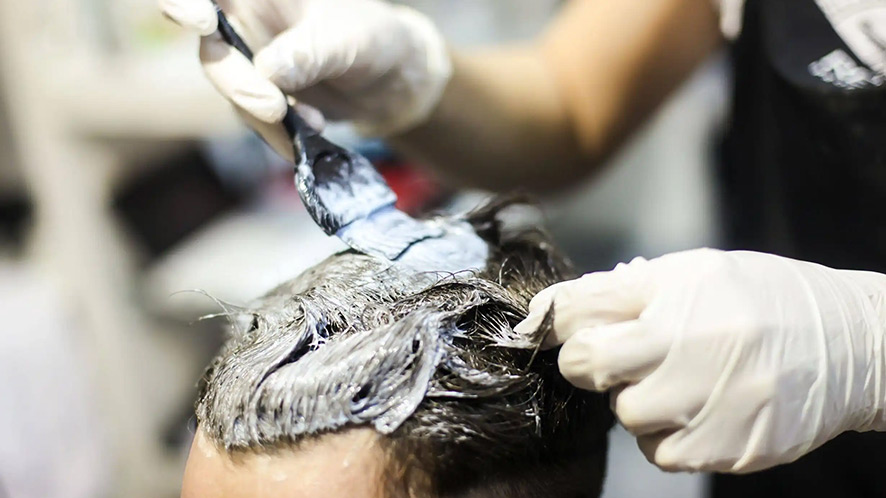
Hair colors for hair replacement systems, especially synthetic wigs, must be decided at the time of manufacturing so that a permanent color can be applied. Hair colors can range from natural hair tones to brighter colors.
However, each color must be expertly applied and applied at the right time to be considered high quality and to maintain quality.
A wig or toupee can be dyed later on if it is made from natural hair. These hair replacement stock systems are often found in natural colors to suit the needs of hair loss patients.
Hair replacement systems can also be colored with highlights and root touch-ups if needed, but again, synthetic hair wigs will only be colored at the manufacturing stage because plastic fibers do not absorb color particles that change hair colors.
Conclusion
Hair replacement systems can be a very useful method of dealing with hair loss. However, each hair replacement system must be carefully examined in terms of its durability, quality, and suitability for the patient’s needs before a final decision.
Cost-effective and high-quality hair replacement systems should be the priority for patients with bald patches; however, each patient should individually research and weigh all of their options.
Both women and men should think about shapes, sizes, lengths, textures, types, quality, and materials for the non-surgical hair replacement systems they will ultimately choose and buy.
All they would need to do is search for non-surgical hair replacement near me and get started on the research process before booking a consultation with a hair professional in their area.
It is important to look for the best options for a hair replacement procedure and to locate high-quality manufacturers for custom looks. Companies like Bono Hair are suitable for this purpose. Bono Hair is an established name in the hair replacement system industry.
Bono Hair can provide customizations for hair pieces for salons, clinics and hair system wholesales worldwide. Visit Bono Hair website to discover options available for your establishments and your clients.











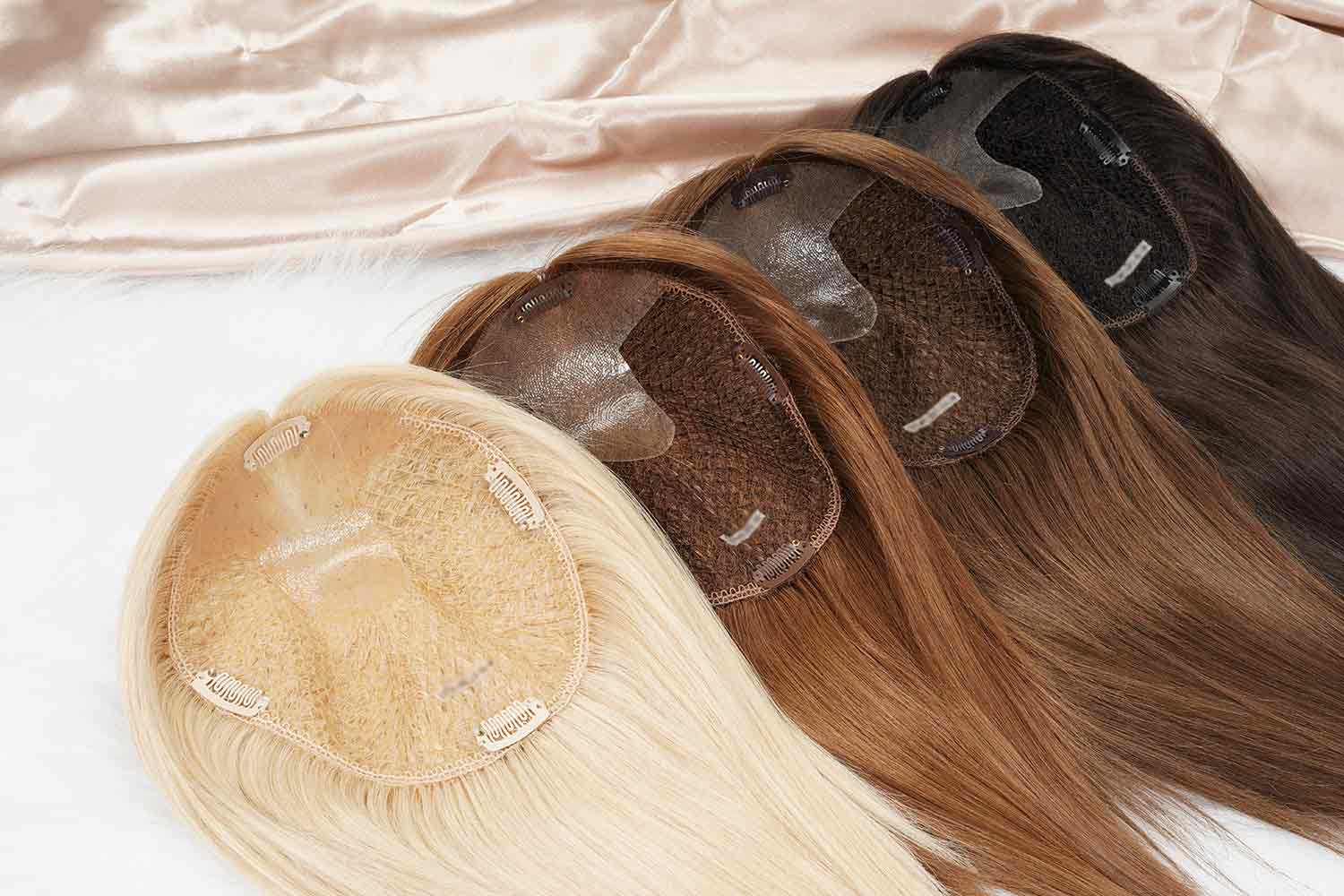
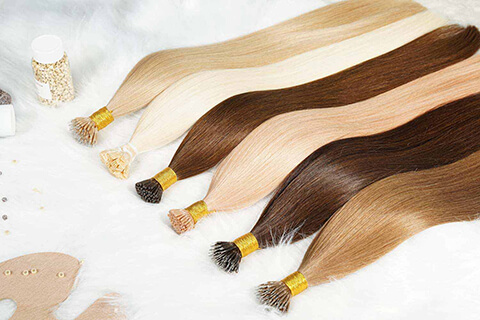

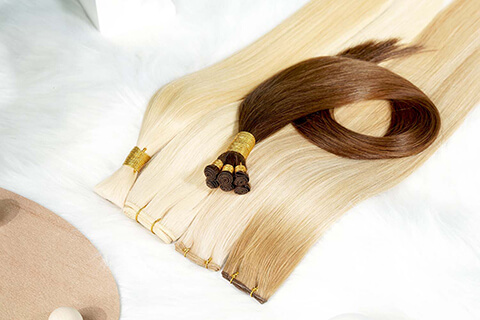
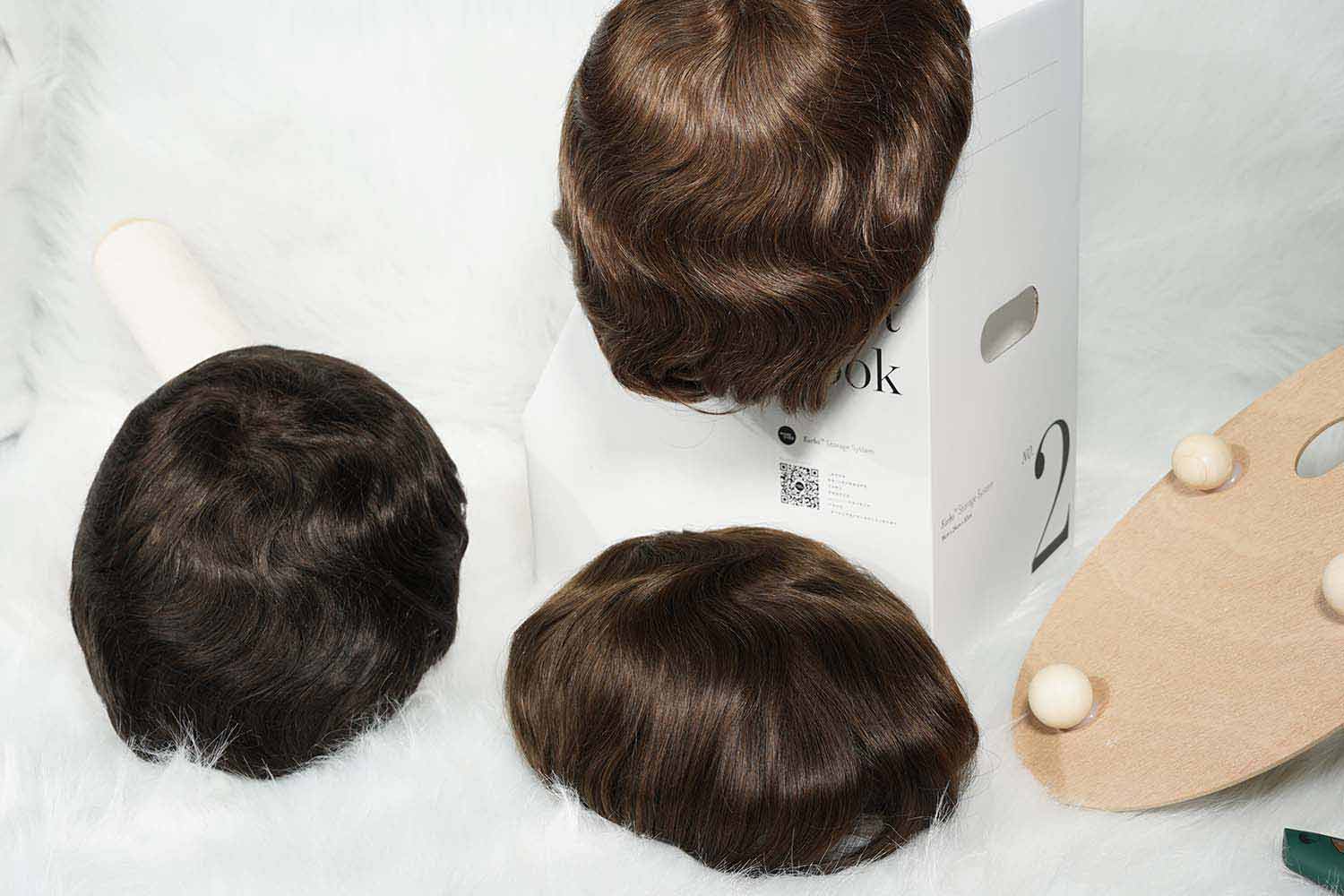
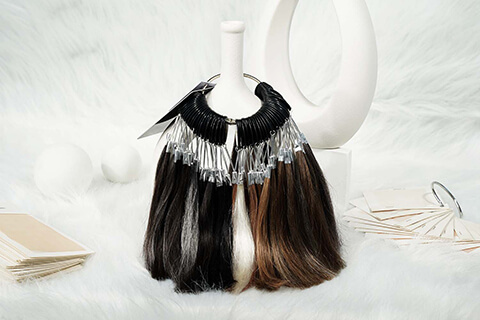


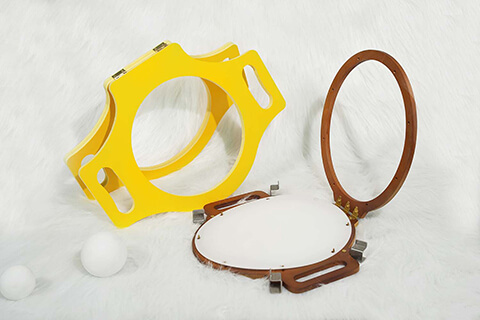

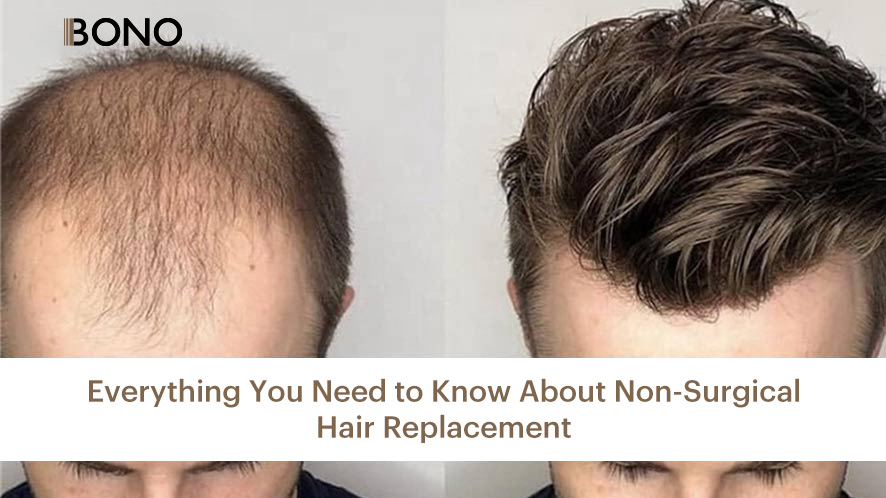


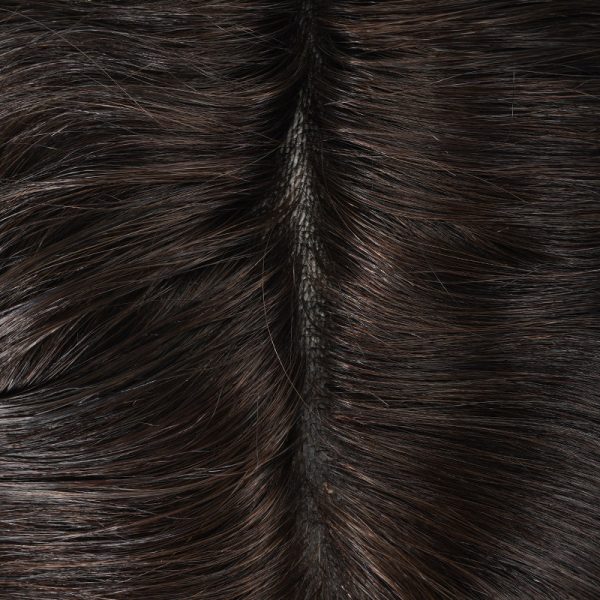

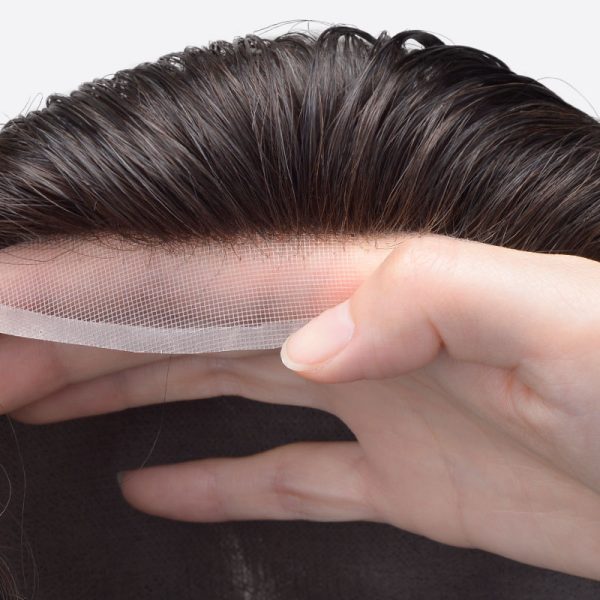
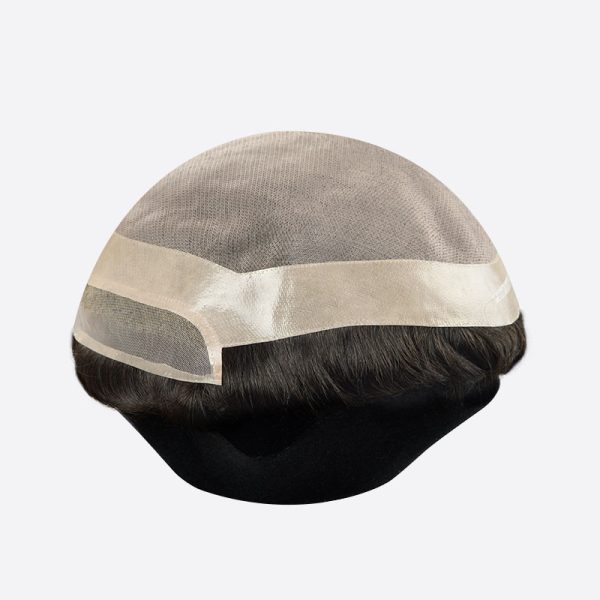
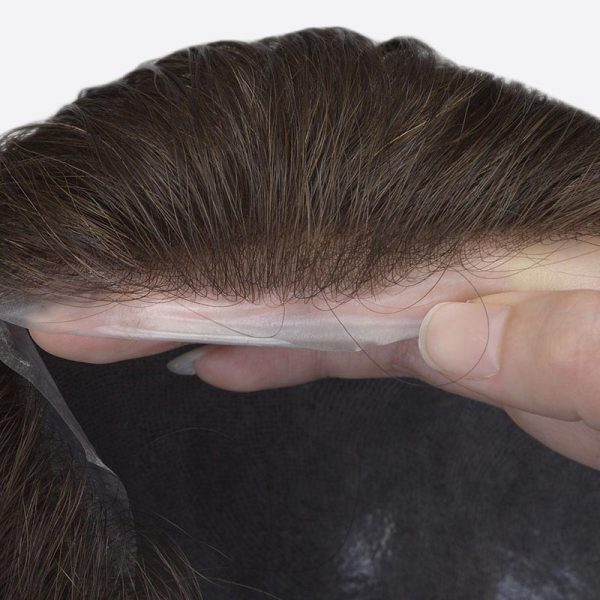
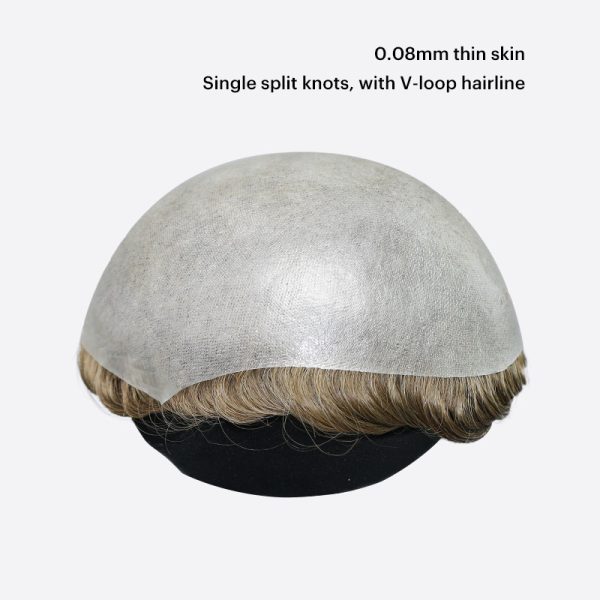
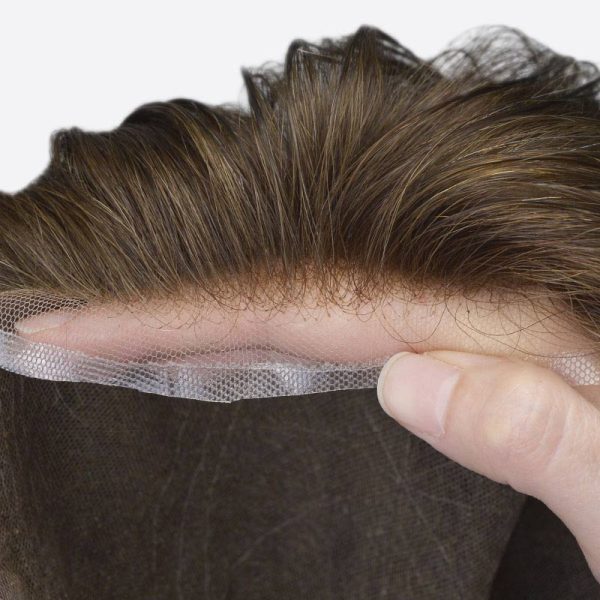

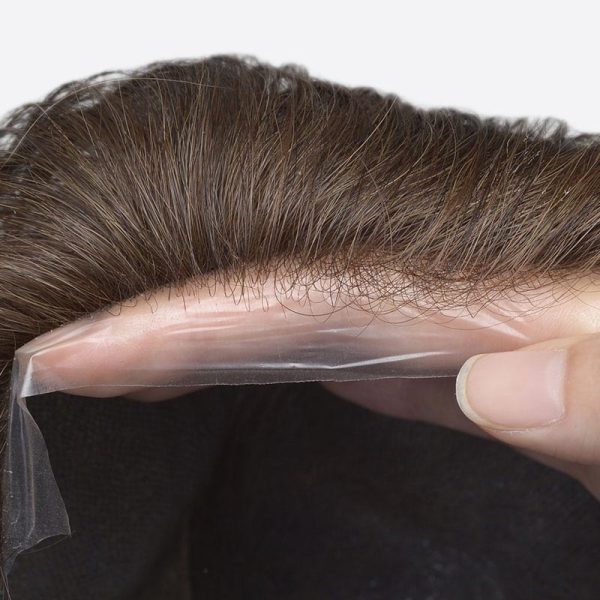


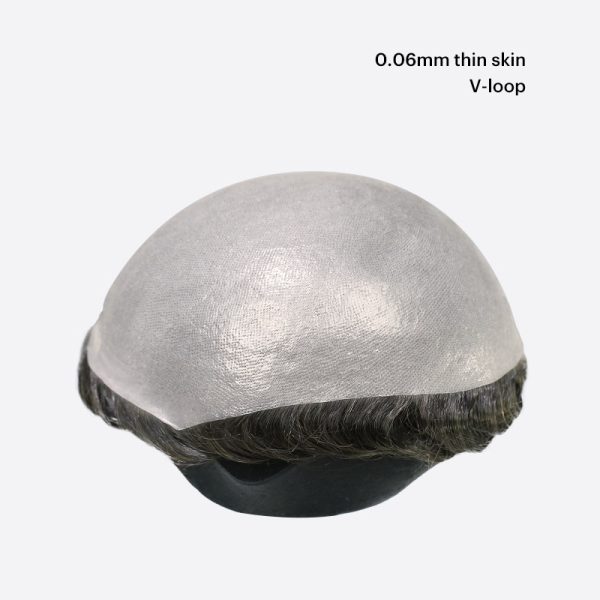
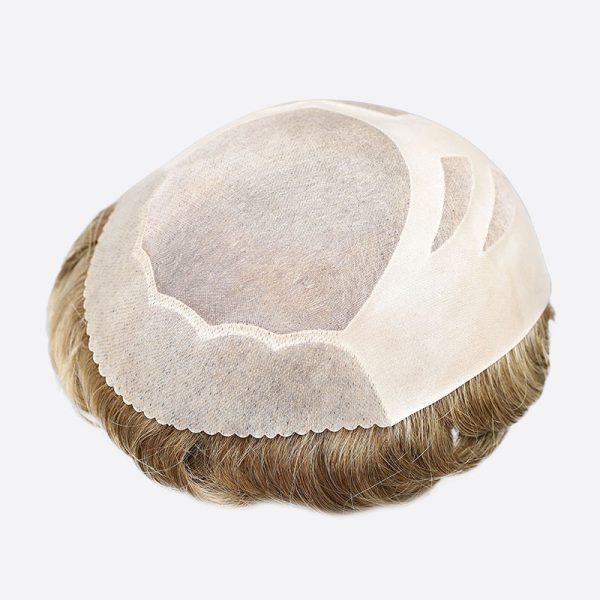


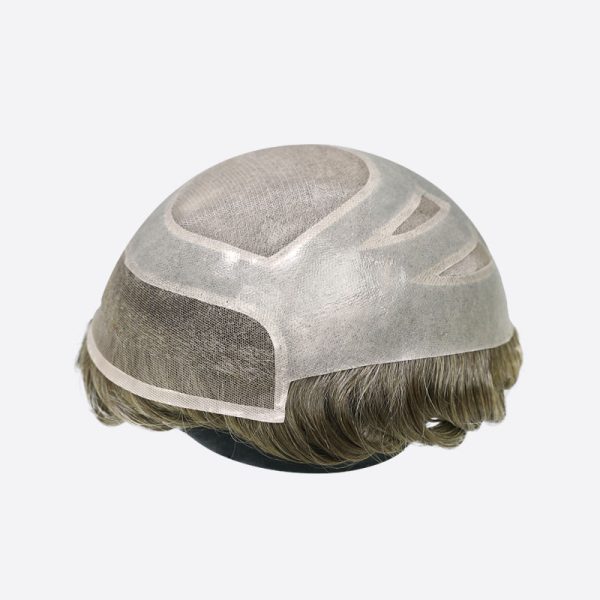

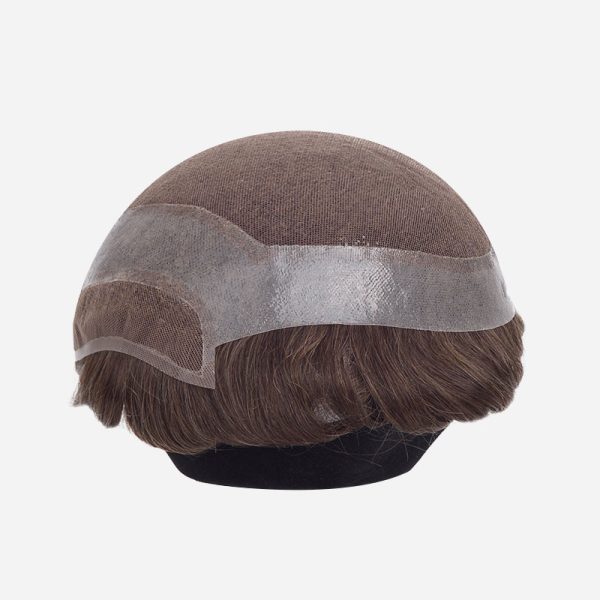
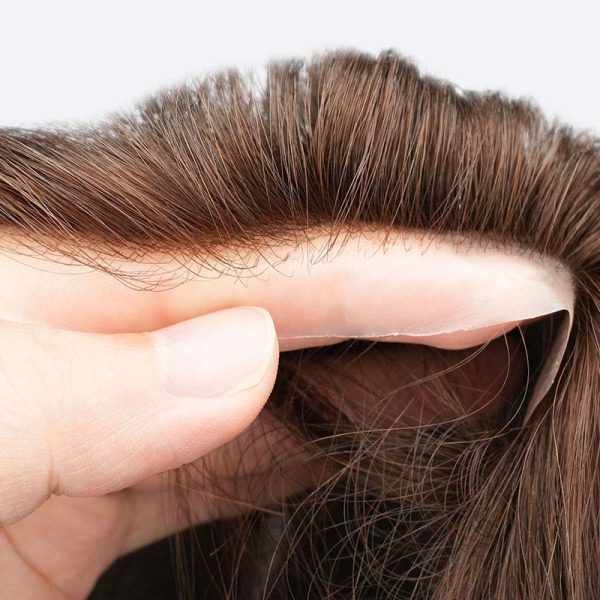
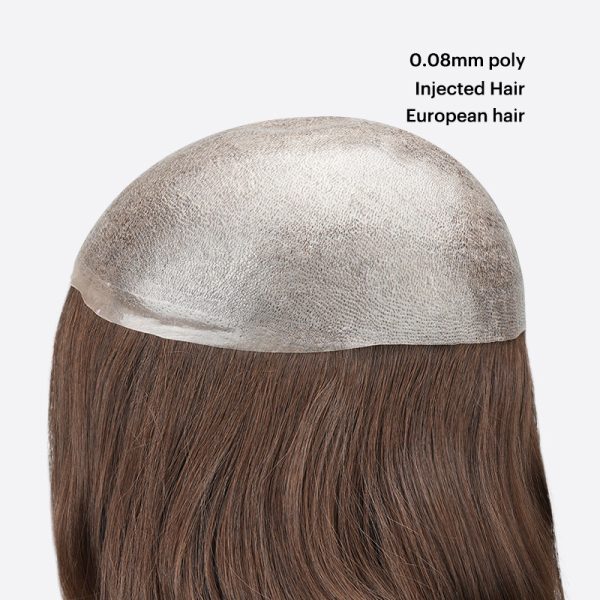
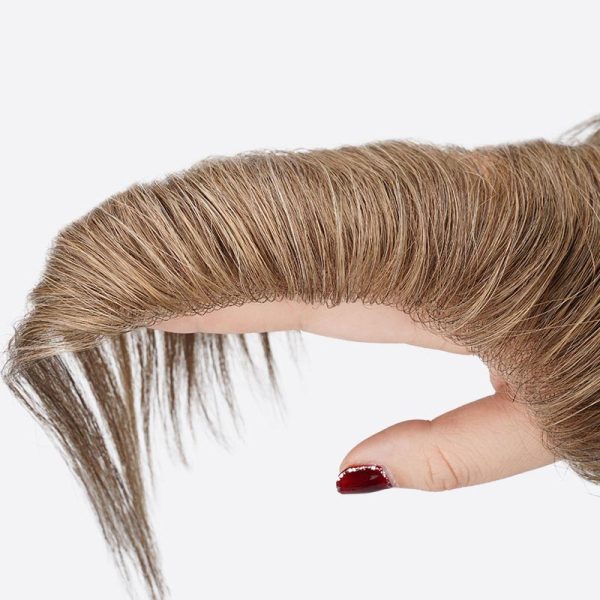
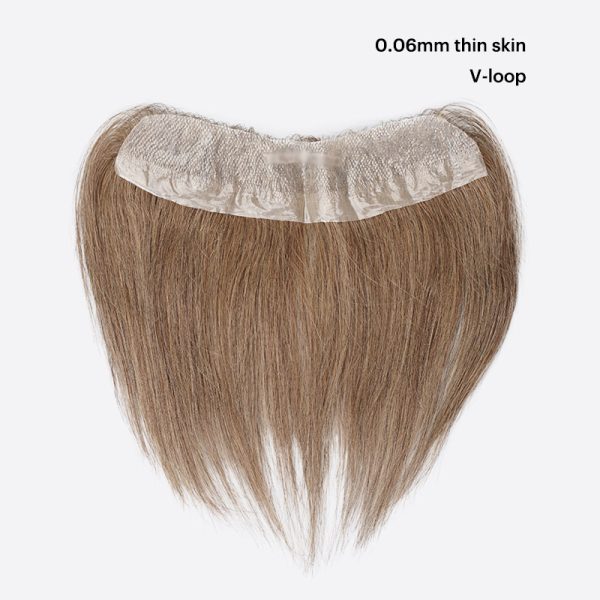
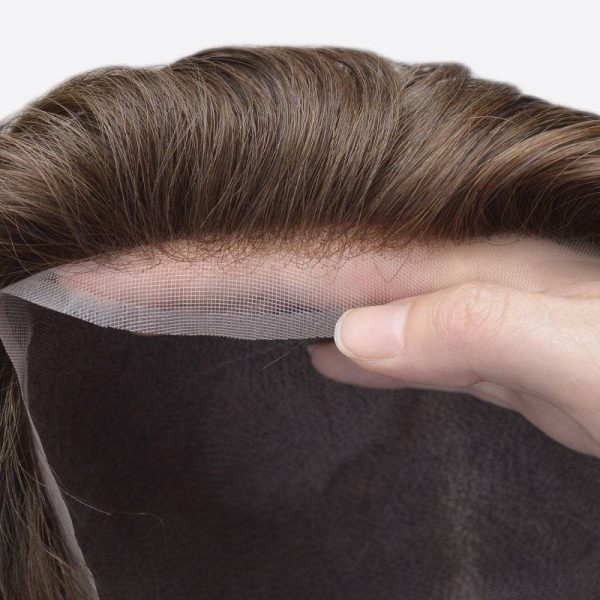
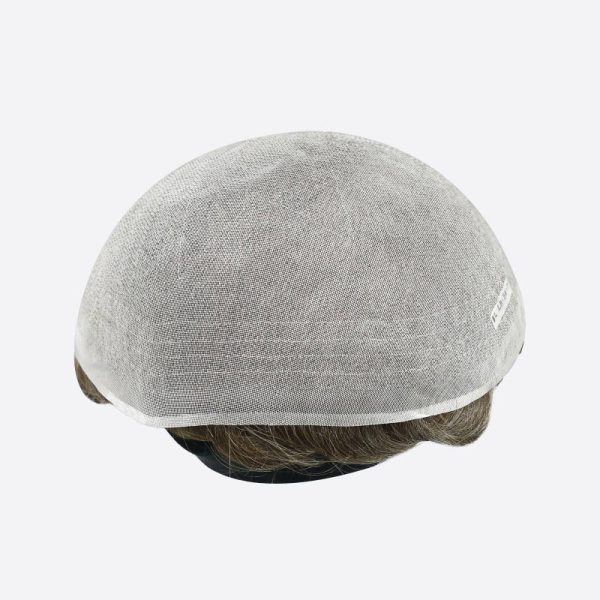
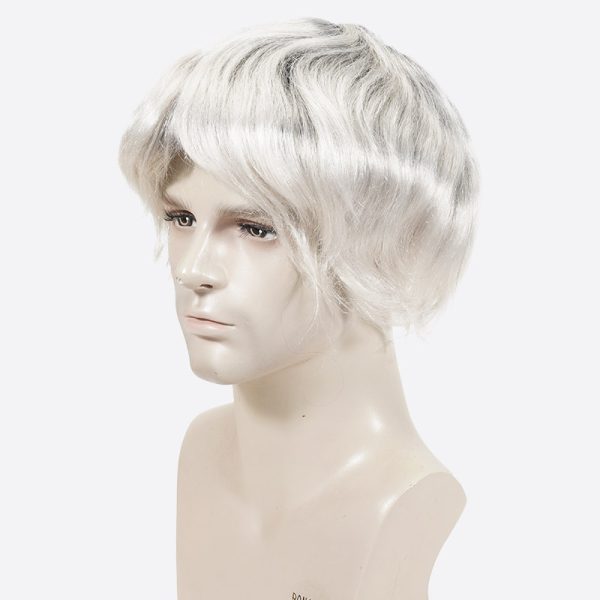

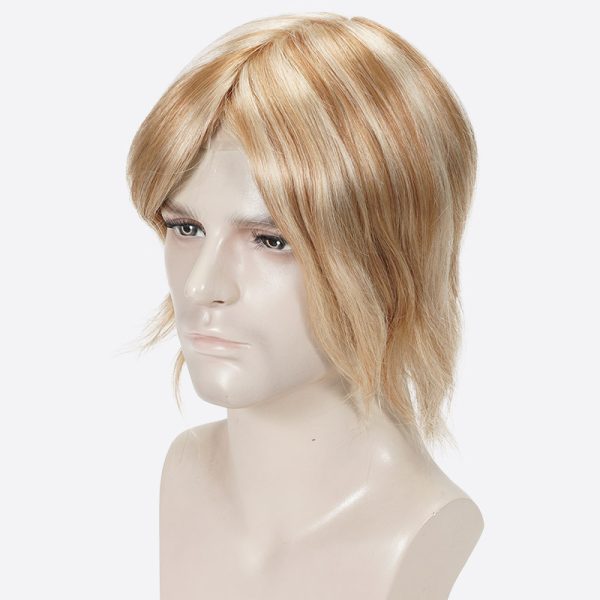
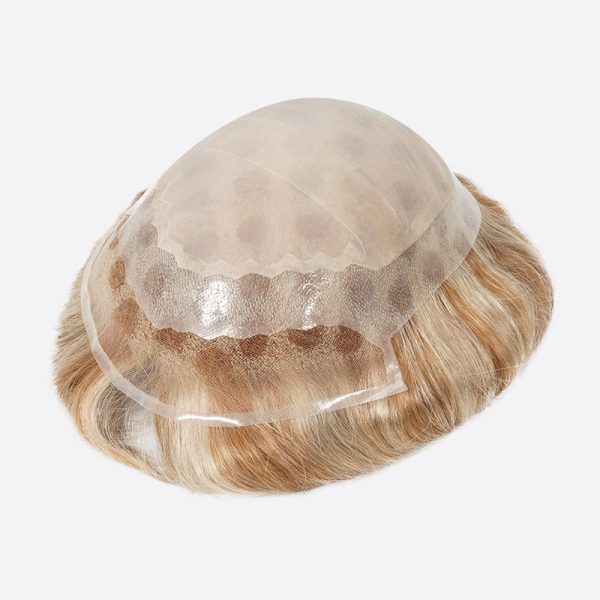
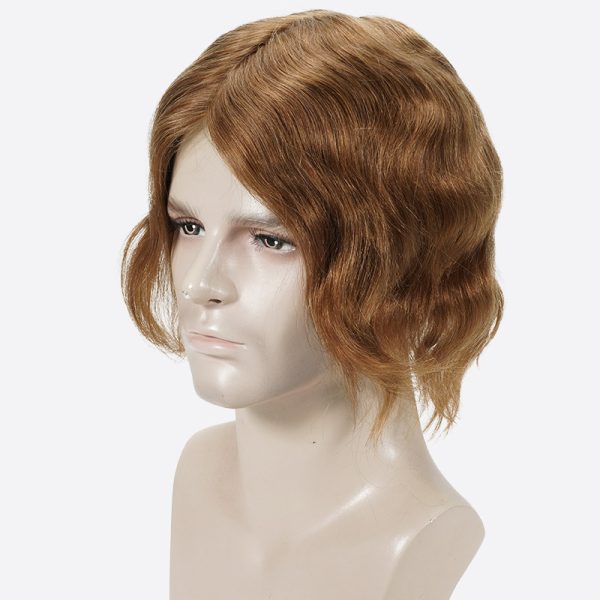
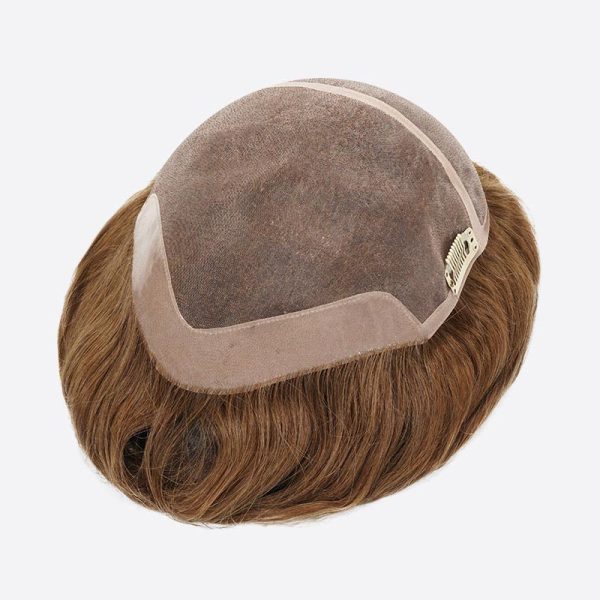
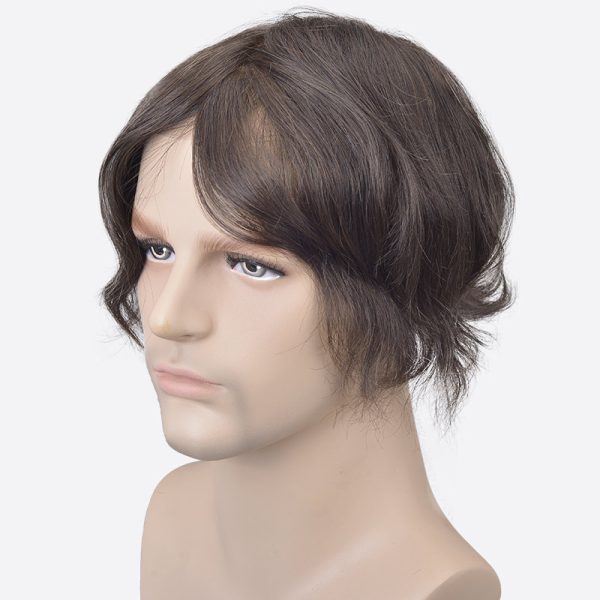
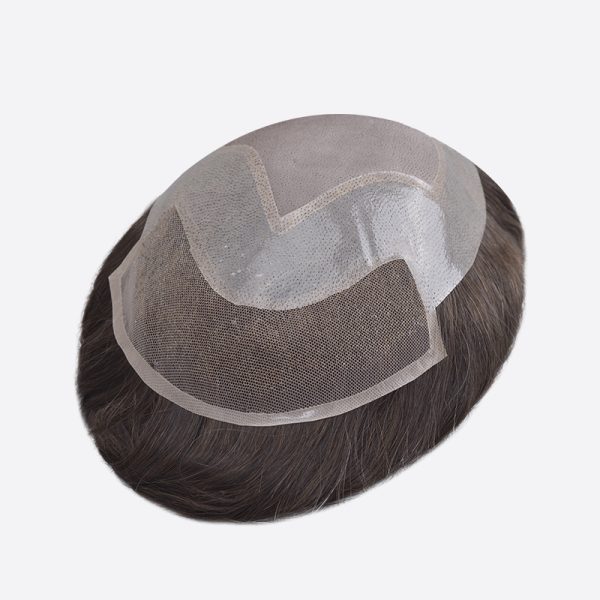

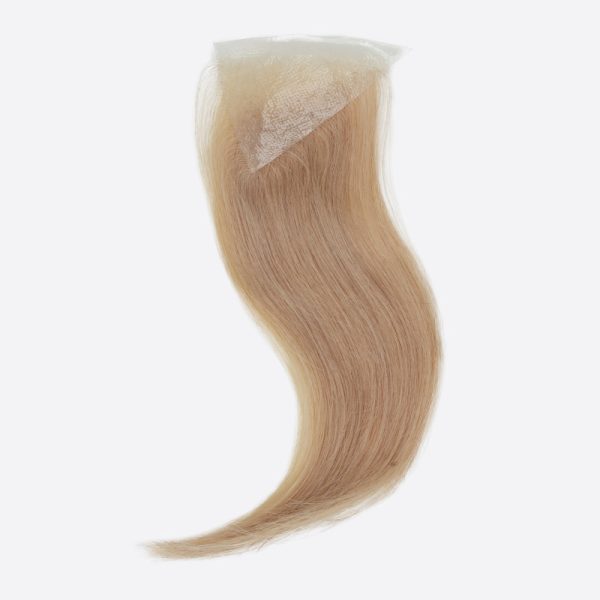
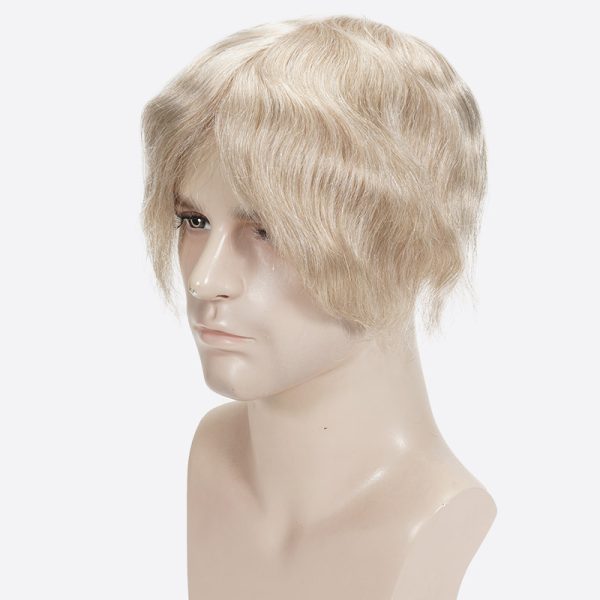
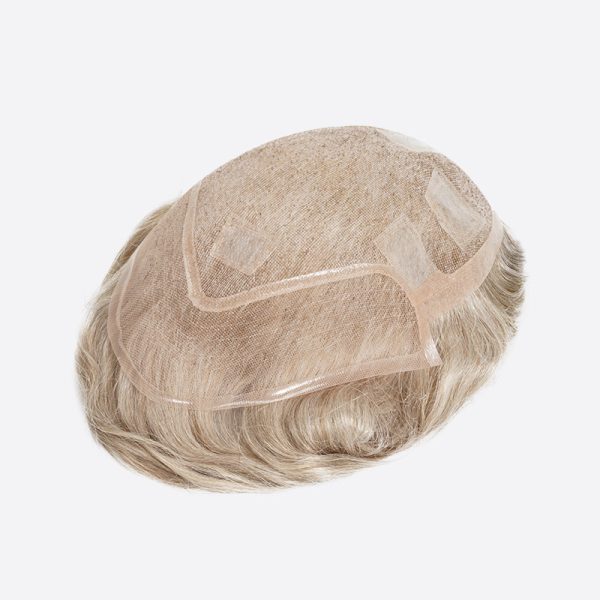
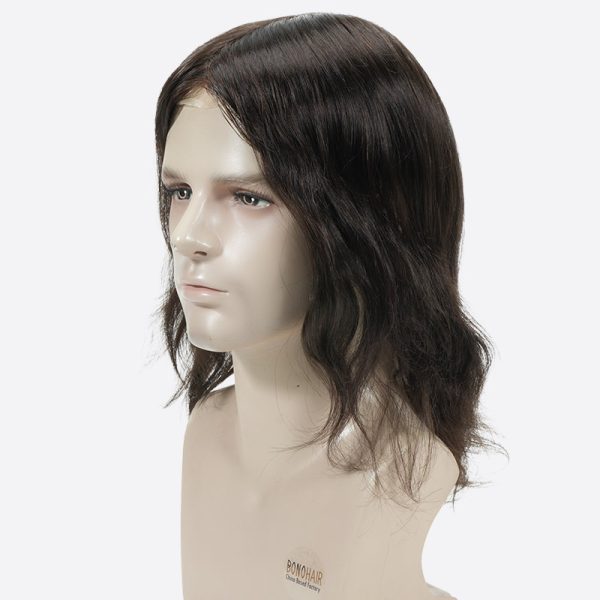
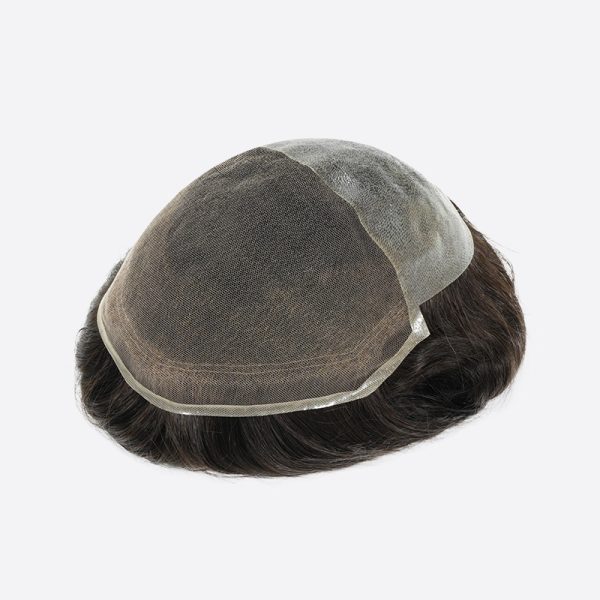
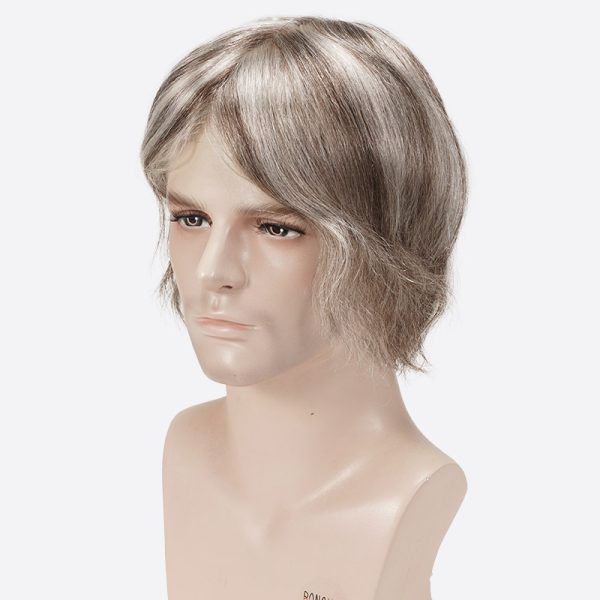
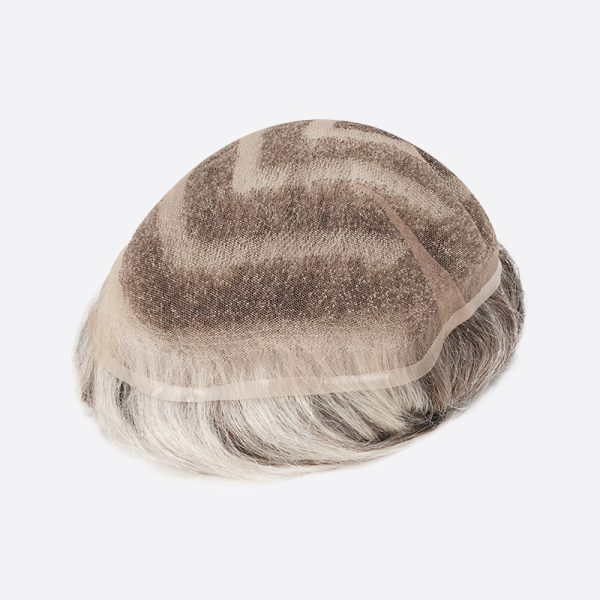
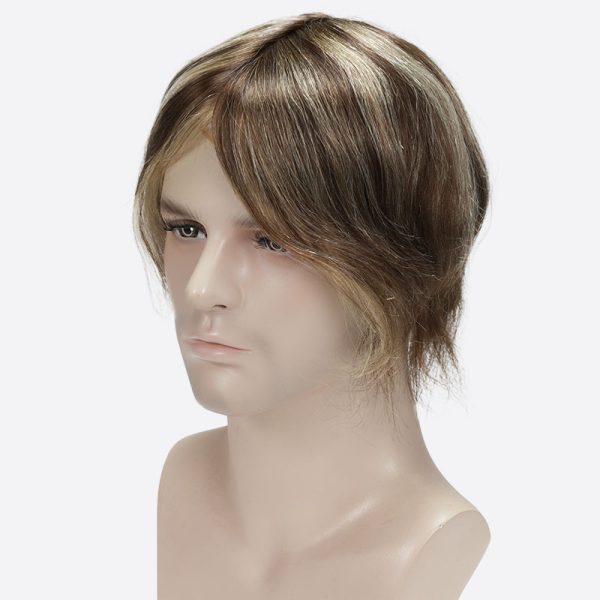
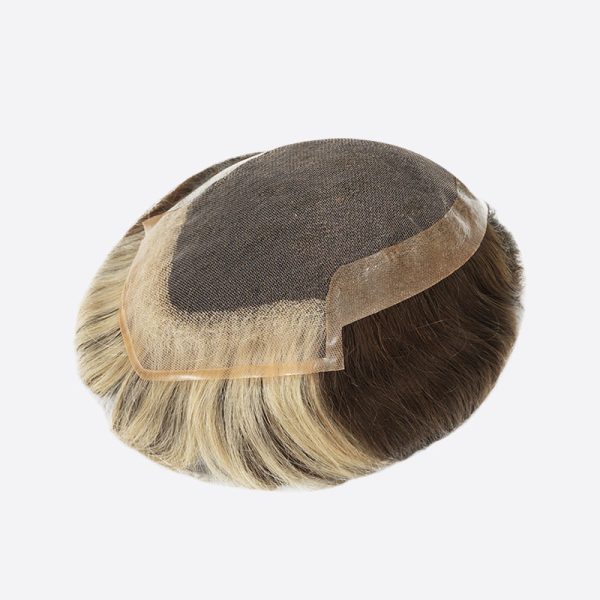

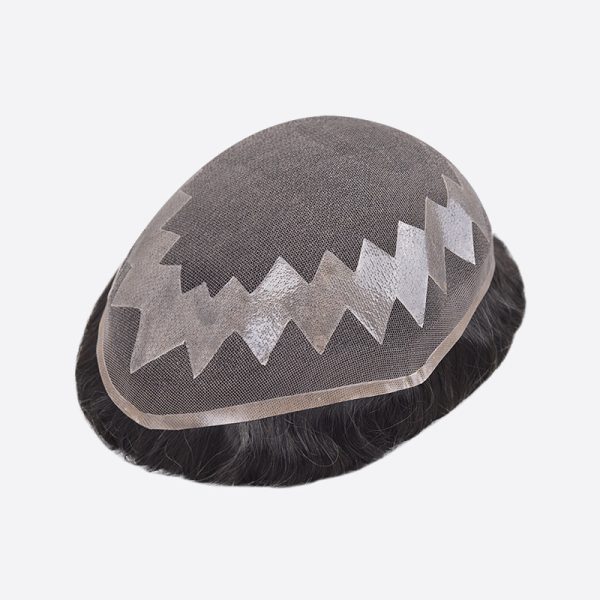
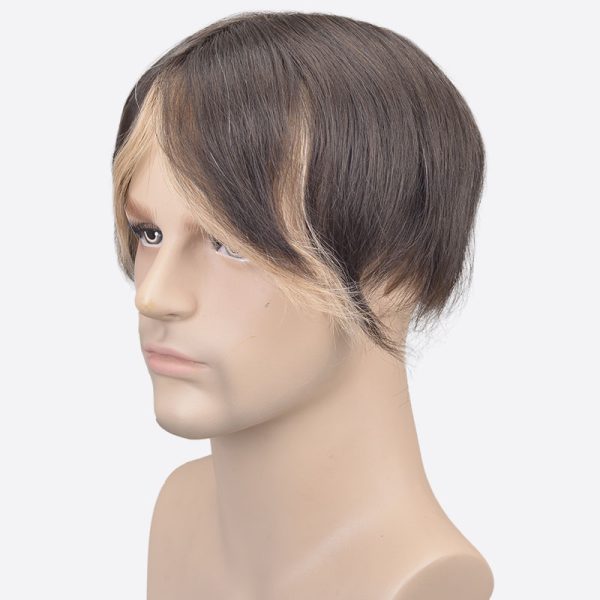
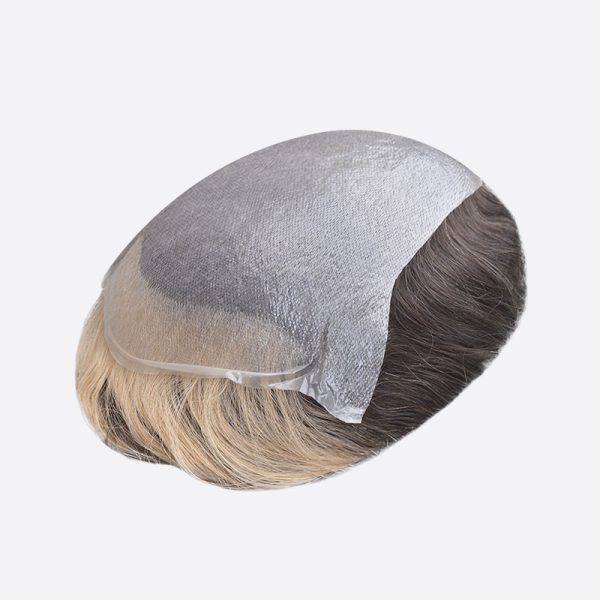
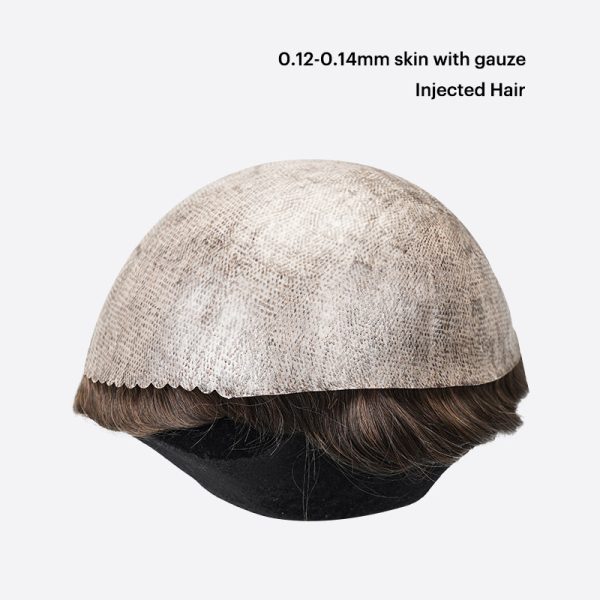
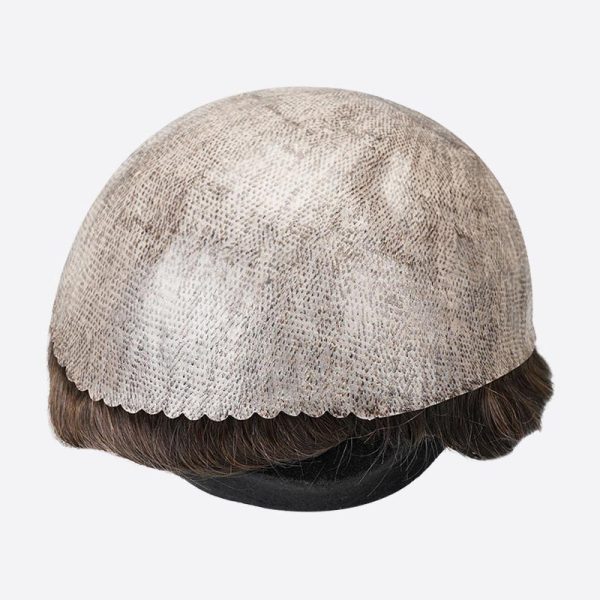
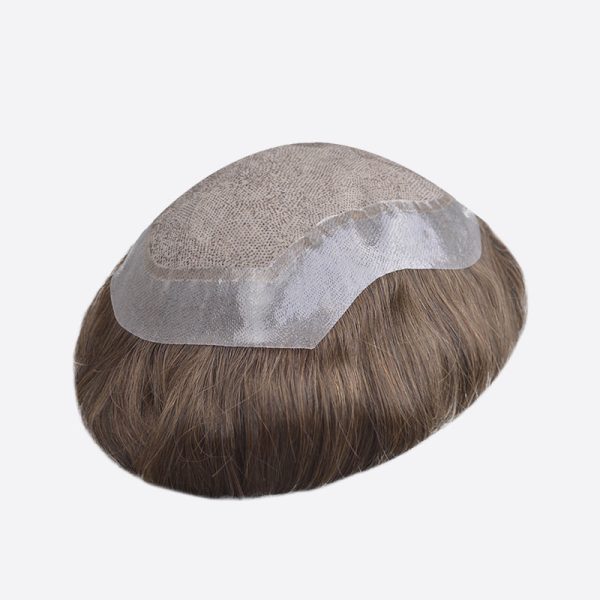

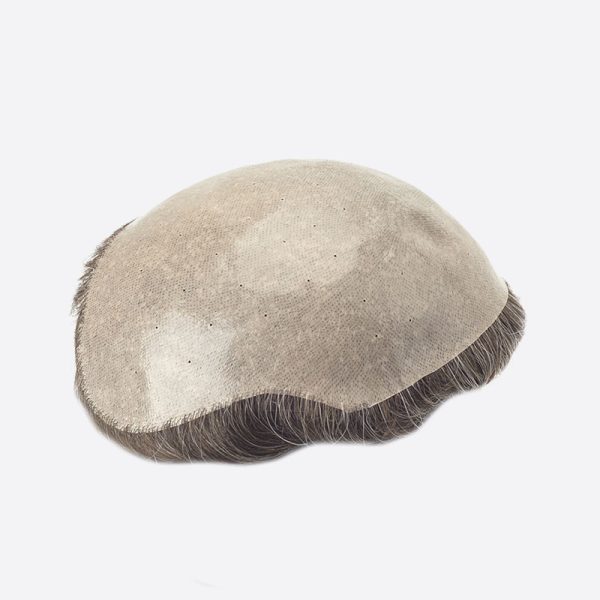
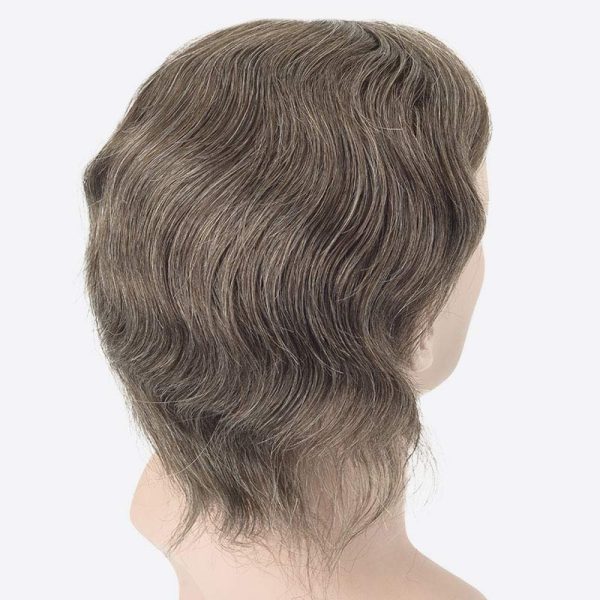
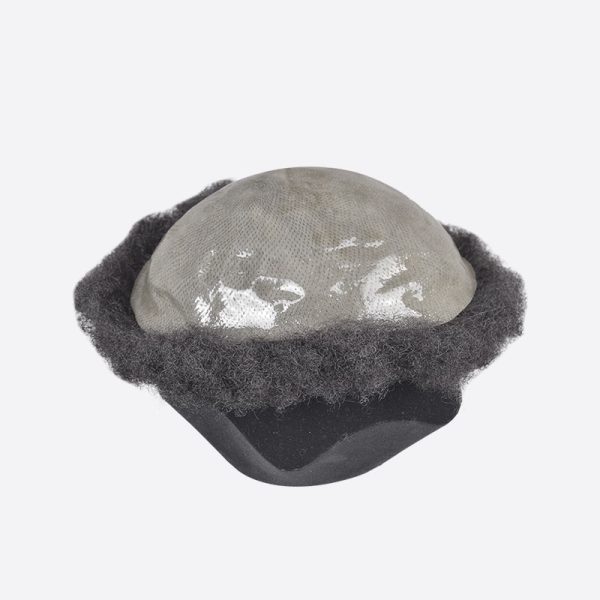
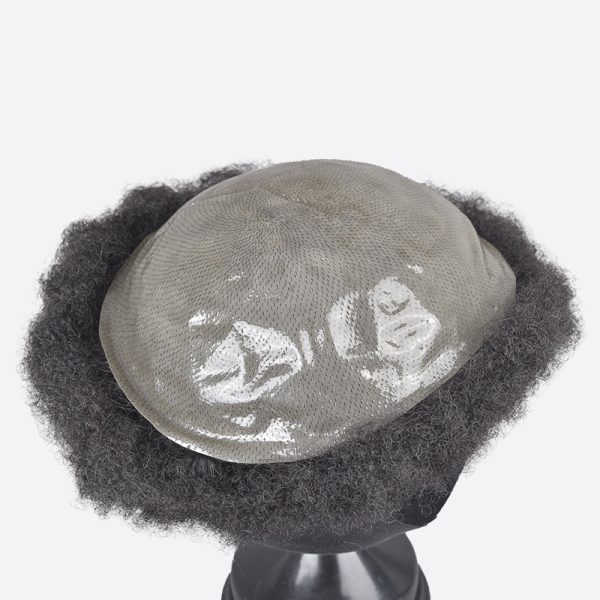
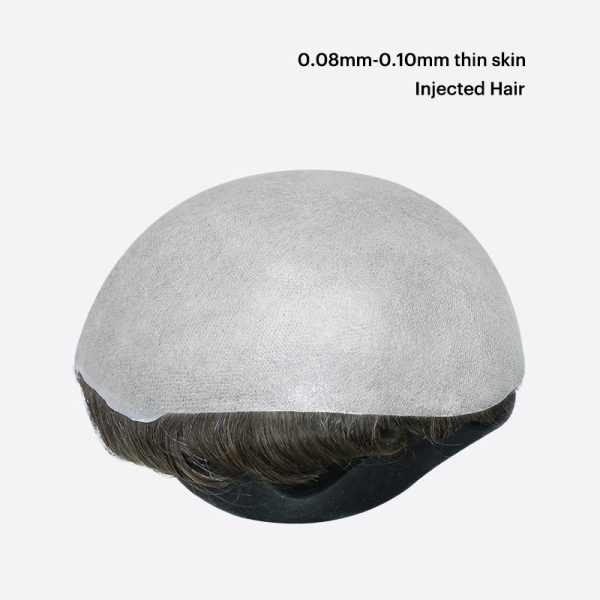
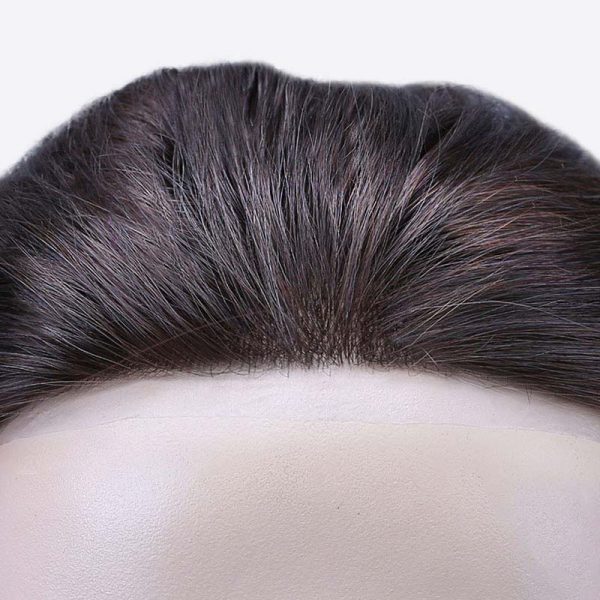
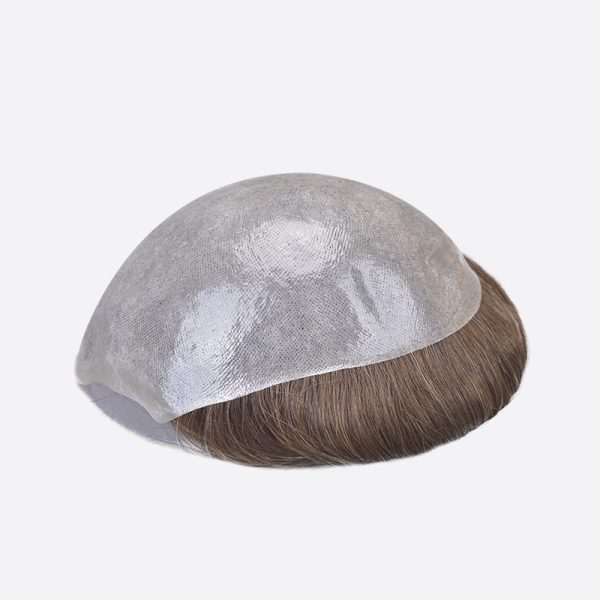

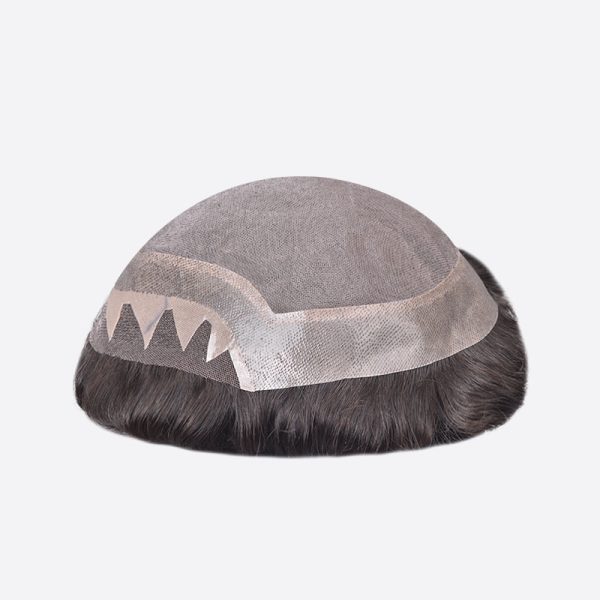
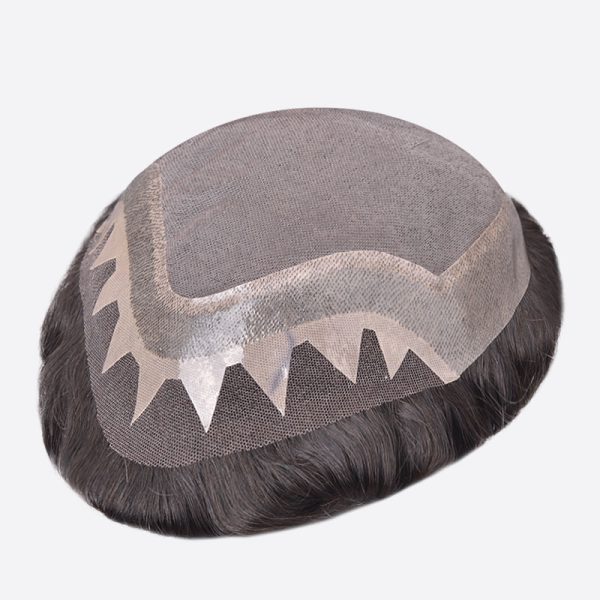
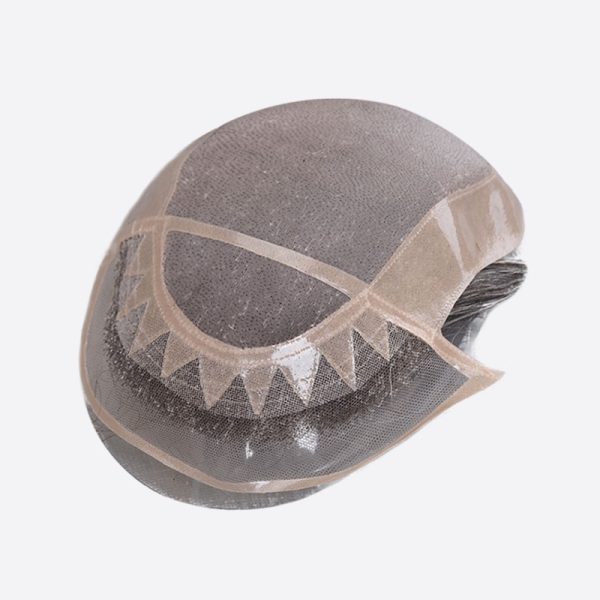
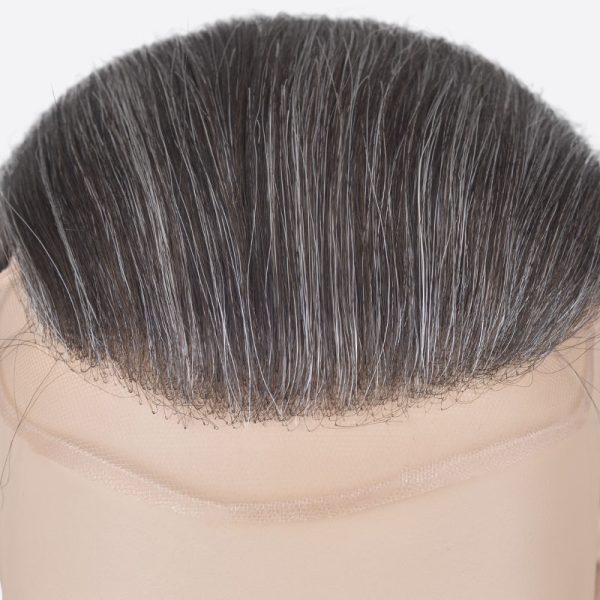

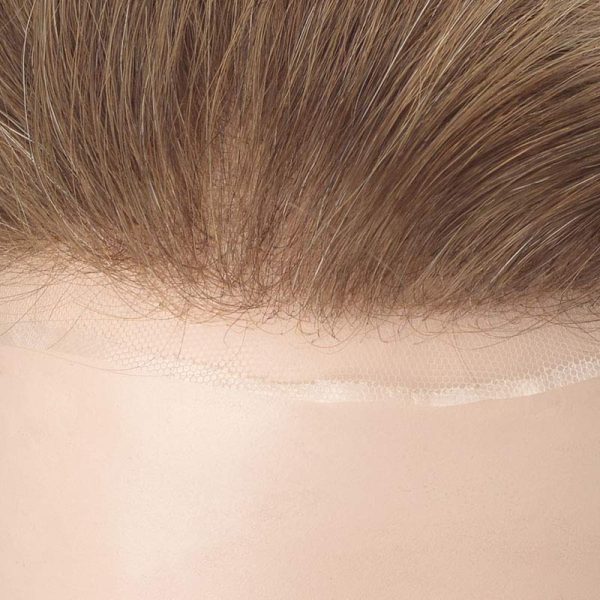
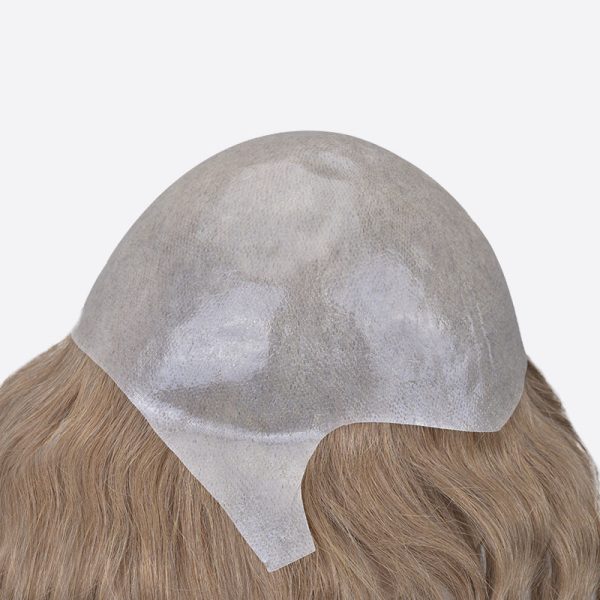
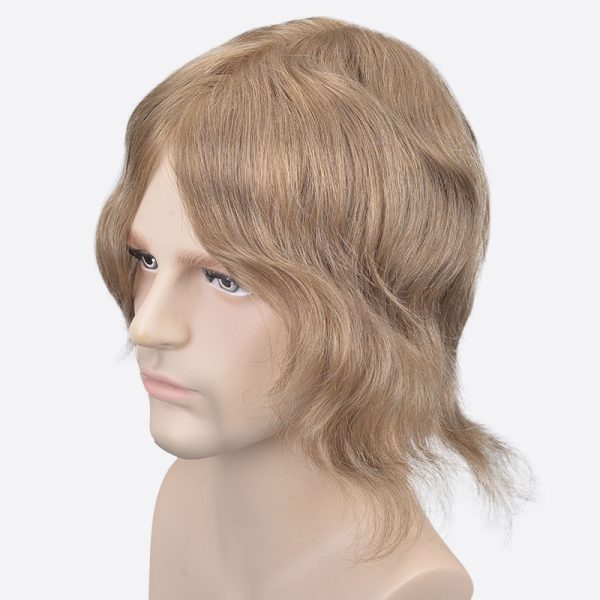





As someone who’s been considering a hair transplant in the UK, I found this article incredibly informative. It’s reassuring to know there are reputable clinics and skilled surgeons here that prioritize natural-looking results and patient satisfaction.